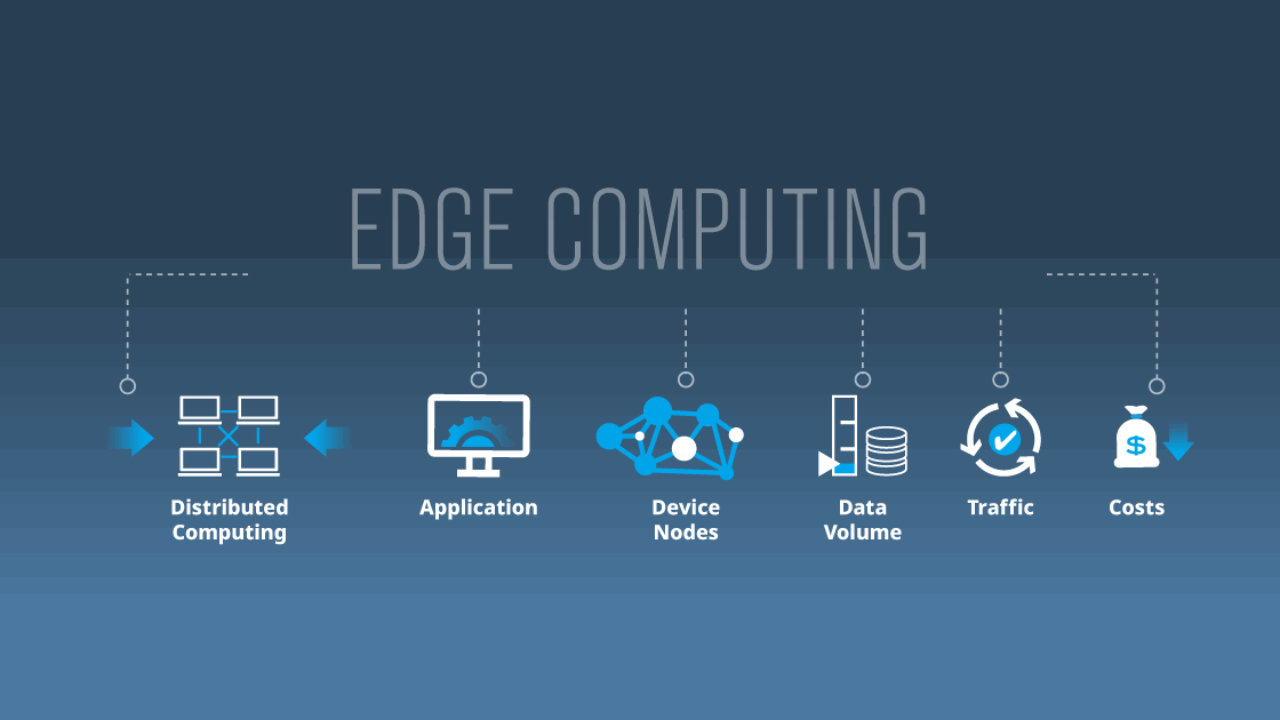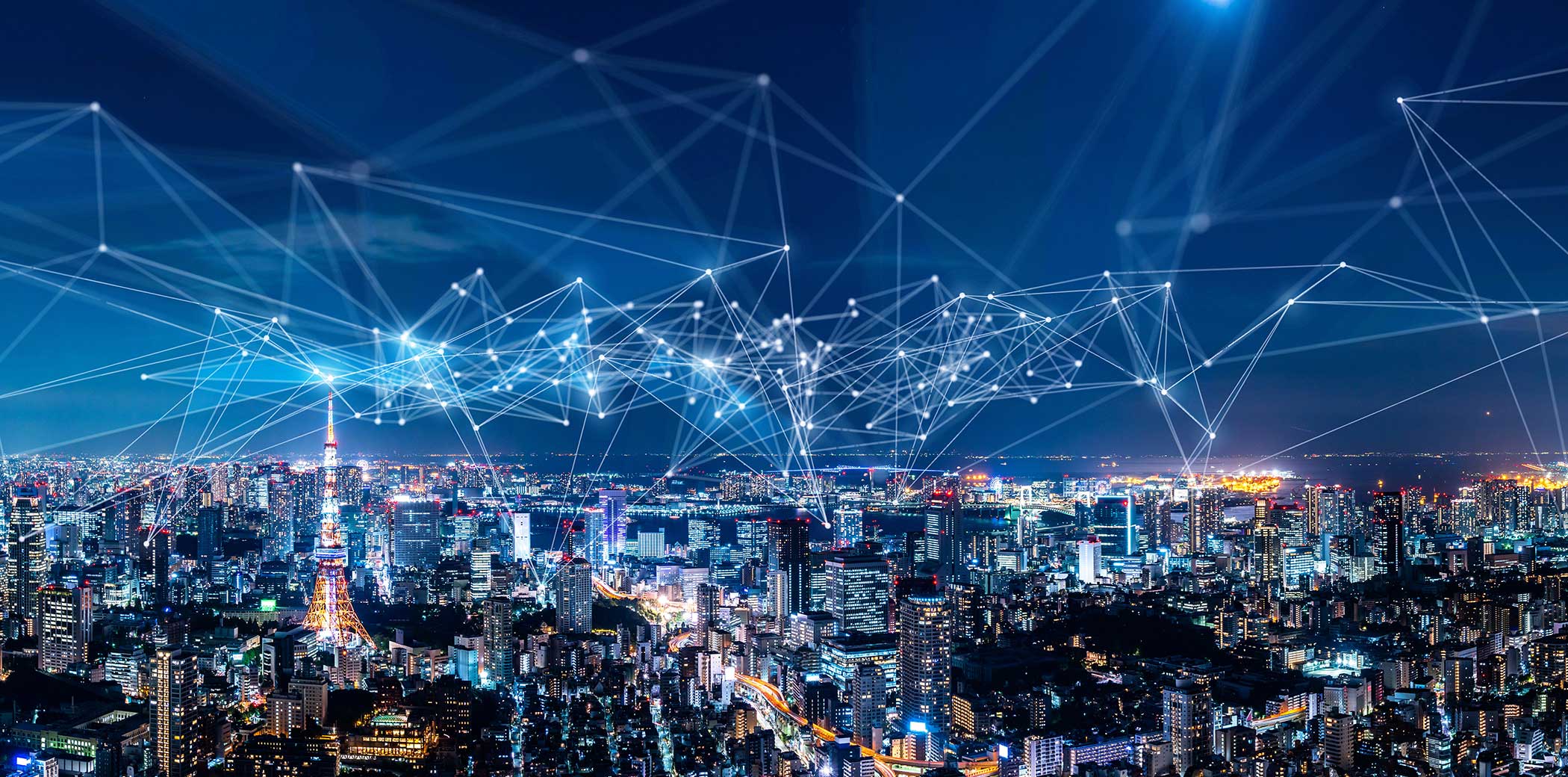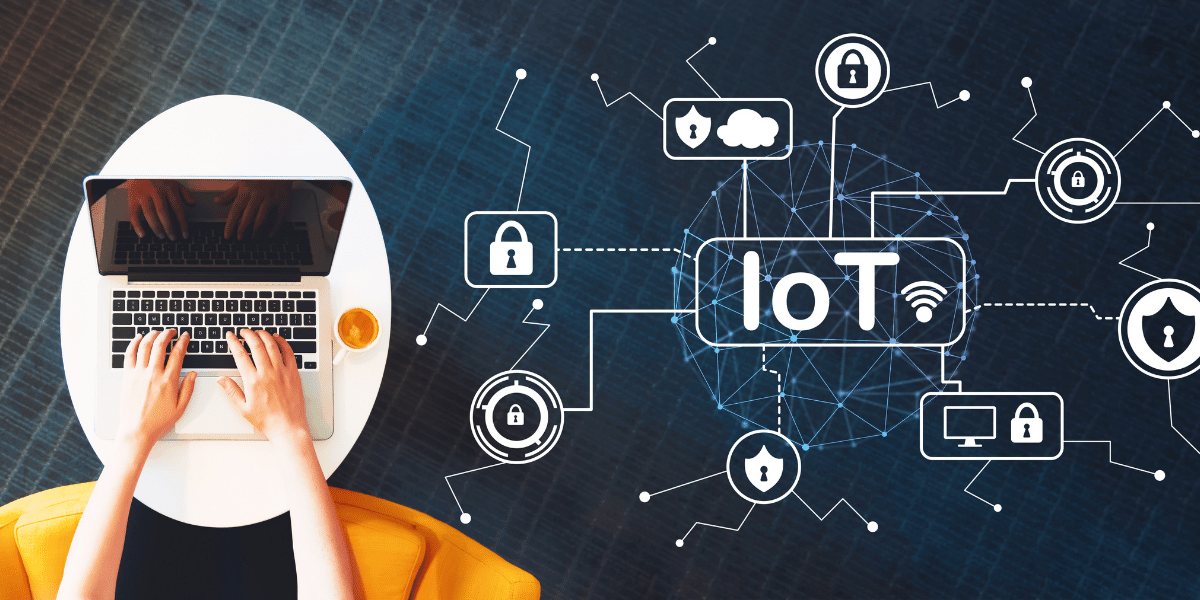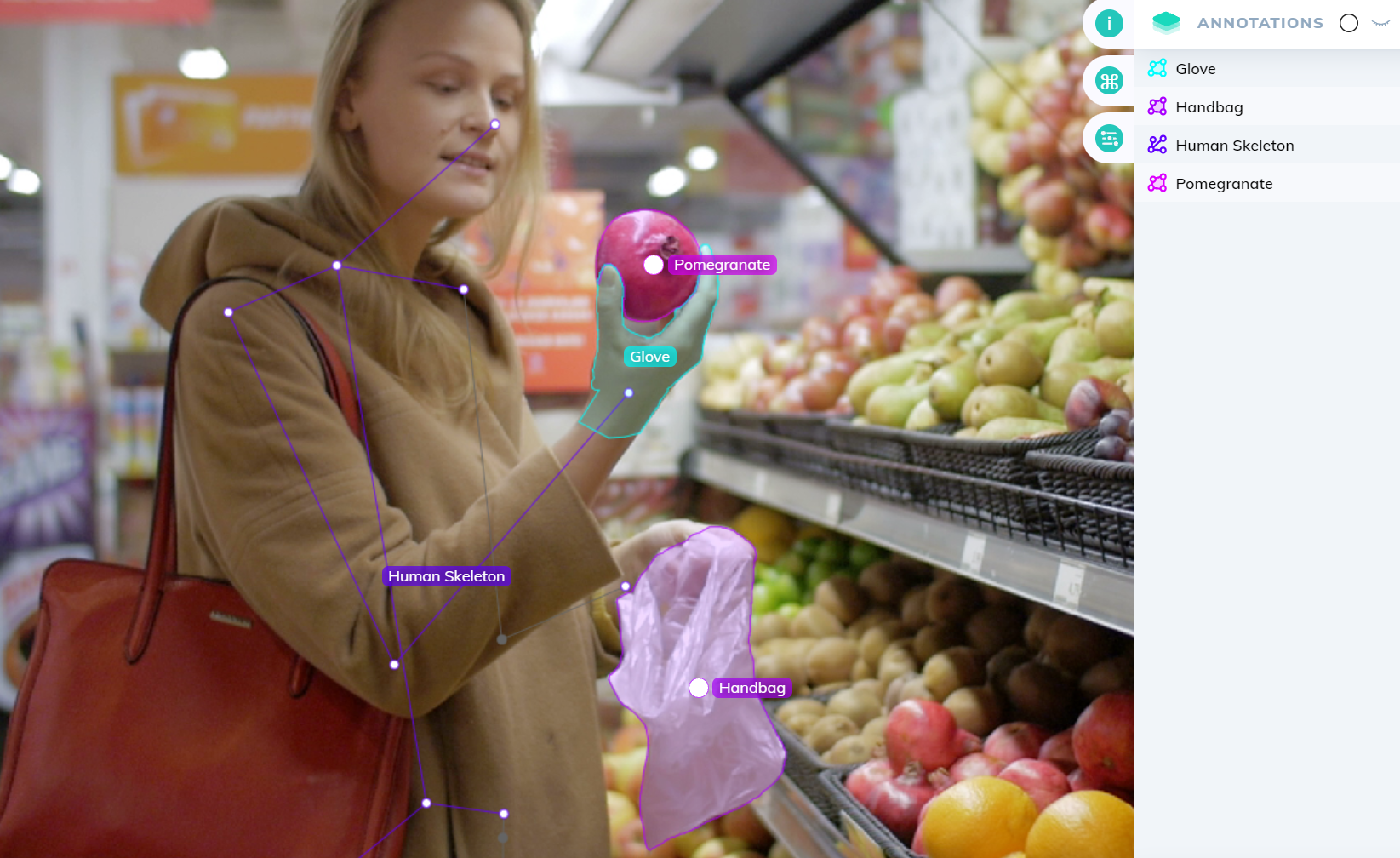Exploring the Revolutionary Applications of Edge Computing in 2023
Jun 02, 2023
In the rapidly evolving digital landscape, edge computing has emerged as a groundbreaking technology that promises to revolutionize the way we process and store data. As we enter the year 2023, the applications of edge computing continue to expand, enabling organizations to overcome the limitations of traditional cloud-based architectures. This article will explore the diverse applications of edge computing in 2023, highlighting its transformative impact on various industries and shedding light on the future possibilities it holds.
How is Edge Computing Being Used in 2023?
Edge computing, also known as fog computing, refers to the practice of processing data closer to its source, at the edge of the network, rather than relying on centralized cloud servers. This approach offers numerous benefits, including reduced latency, improved data privacy, enhanced security, and increased bandwidth efficiency. In 2023, edge computing is being utilized in various ways across different sectors, bringing about significant advancements and opening up new opportunities. Let's delve into some of the prominent applications of edge computing in 2023:
1. Smart Cities: Transforming Urban Infrastructure
The implementation of edge computing in smart cities has gained considerable momentum in 2023. By leveraging the power of edge devices and sensors, cities are becoming smarter and more efficient in managing critical infrastructure. Edge computing enables real-time data processing, facilitating efficient traffic management, intelligent energy distribution, waste management optimization, and enhanced public safety measures.
2. Internet of Things (IoT): Enabling Connected Devices
With the proliferation of IoT devices, edge computing plays a vital role in handling the massive amounts of data generated by these interconnected devices. By processing data locally, at the edge, edge computing reduces latency, improves response times, and enhances the overall reliability and performance of IoT applications. In 2023, edge computing continues to empower industries such as healthcare, logistics, manufacturing, and agriculture, enabling seamless connectivity and efficient data management.
3. Autonomous Vehicles: Enhancing Safety and Performance
Edge computing is revolutionizing the automotive industry by powering autonomous vehicles. In 2023, edge computing technologies enable real-time processing of sensor data, allowing vehicles to make split-second decisions without relying solely on cloud connectivity. By bringing computation closer to the vehicles, edge computing minimizes latency and ensures reliable performance, enhancing the safety and efficiency of autonomous driving.
4. Telecommunications: Empowering 5G Networks
The advent of 5G networks has brought about a surge in data volumes, demanding efficient processing capabilities closer to the network edge. In 2023, edge computing is playing a pivotal role in optimizing 5G networks, enabling faster data transmission, reducing latency, and improving network reliability. By distributing computing resources at the edge, telecom operators can offer low-latency services, such as augmented reality (AR) and virtual reality (VR) applications, with enhanced user experiences.
5. Healthcare: Enabling Real-Time Patient Monitoring
In the healthcare sector, edge computing is transforming patient care by enabling real-time data monitoring and analysis. In 2023, wearable devices and sensors equipped with edge computing capabilities are empowering healthcare providers to monitor patients remotely, collect vital data, and analyze it instantly. This real-time analysis allows for early detection of health issues, facilitating timely interventions and improving patient outcomes.
6. Retail: Delivering Personalized Customer Experiences
Edge computing is reshaping the retail industry by facilitating personalized customer experiences and streamlining operations. In 2023, retailers are leveraging edge devices and analytics to gather data from in-store sensors, point-of-sale systems, and customer devices. This data is processed locally, allowing retailers to offer tailored recommendations, optimize inventory management, and provide seamless checkout experiences, all in real-time.
FAQs about Edge Computing in 2023
FAQ 1: How is edge computing different from cloud computing?
Edge computing and cloud computing differ in their approach to data processing and storage. While cloud computing relies on centralized servers located in data centers, edge computing processes data closer to its source, at the edge of the network. This proximity reduces latency and enhances real-time processing capabilities.
FAQ 2: What are the advantages of edge computing?
Edge computing offers several advantages, including reduced latency, improved data privacy and security, increased bandwidth efficiency, enhanced reliability, and the ability to process data even in offline or disconnected scenarios.
FAQ 3: Can edge computing work without cloud computing?
Yes, edge computing can work independently without relying on cloud computing. By processing data locally, at the edge, edge computing can function even in scenarios where cloud connectivity is limited or unavailable.
FAQ 4: How does edge computing benefit IoT applications?
Edge computing significantly benefits IoT applications by reducing latency, improving response times, enhancing data security and privacy, and enabling local decision-making. By processing data at the edge, IoT devices can operate more efficiently and reliably.
FAQ 5: Is edge computing secure?
Edge computing enhances data security by reducing the need to transmit sensitive data to the cloud. Data can be processed and analyzed locally, minimizing the risk of unauthorized access or data breaches during transmission.
FAQ 6: What is the future of edge computing?
The future of edge computing looks promising, with continuous advancements in technology. As more devices become interconnected, the demand for real-time processing and low-latency applications will continue to grow. Edge computing is poised to play a pivotal role in enabling the next generation of innovative services and applications.
Conclusion
As we've explored in this article, edge computing is being used in various domains to revolutionize the way data is processed, stored, and analyzed. In 2023, edge computing is empowering smart cities, enhance IoT applications, revolutionizing autonomous vehicles, optimizing 5G networks, transforming healthcare, and reshaping the retail industry. With its numerous advantages and potential for growth, edge computing holds great promise for the future, promising to drive innovation and create new opportunities across industries.
Ready to up your computer vision game? Are you ready to harness the power of YOLO-NAS in your projects? Don't miss out on our upcoming YOLOv8 course, where we'll show you how to easily switch the model to YOLO-NAS using our Modular AS-One library. The course will also incorporate training so that you can maximize the benefits of this groundbreaking model. Sign up HERE to get notified when the course is available: https://www.augmentedstartups.com/YOLO+SignUp. Don't miss this opportunity to stay ahead of the curve and elevate your object detection skills! We are planning on launching this within weeks, instead of months because of AS-One, so get ready to elevate your skills and stay ahead of the curve!
Stay connected with news and updates!
Join our newsletter to receive the latest news and updates from our team.
Don't worry, your information will not be shared.
We hate SPAM. We will never sell your information, for any reason.









![AI In Agriculture [NEW]](https://kajabi-storefronts-production.kajabi-cdn.com/kajabi-storefronts-production/file-uploads/themes/2153492442/settings_images/f3fdf8-e3fc-6bce-d26-2adc20ba5c0a_1e6bab8-d7b-d76c-e28c-fa6d513e45d_7138c16-f641-8fdf-e206-2bcac503bc5_AI_AGRI.webp)


